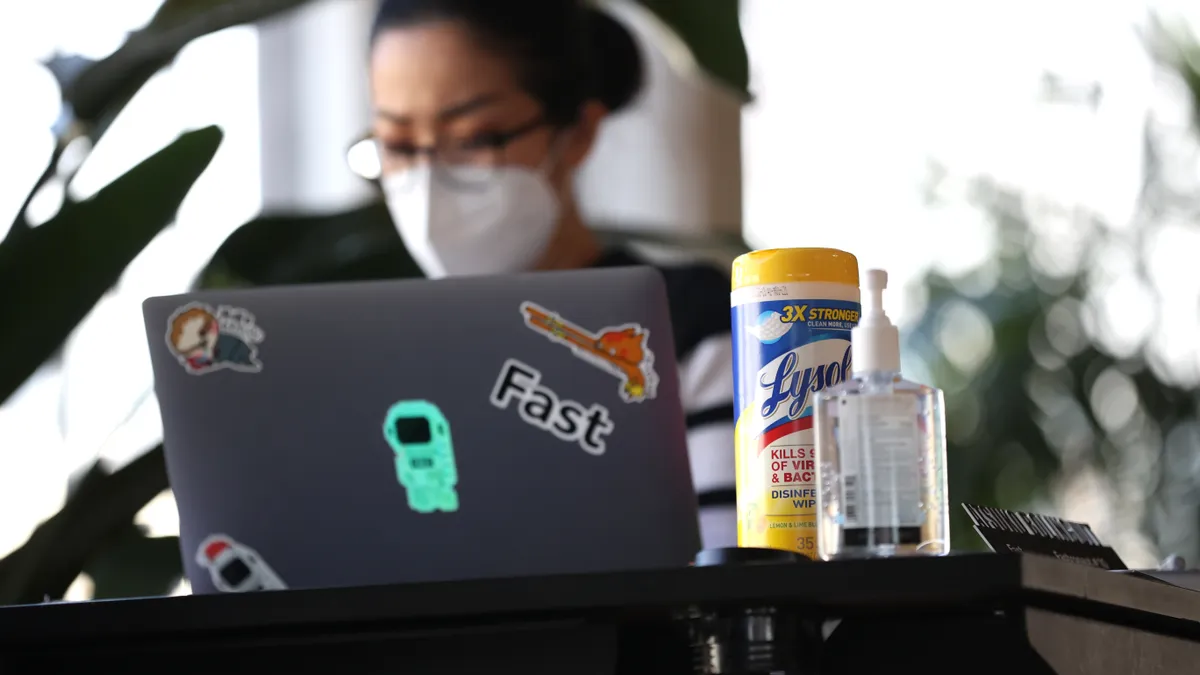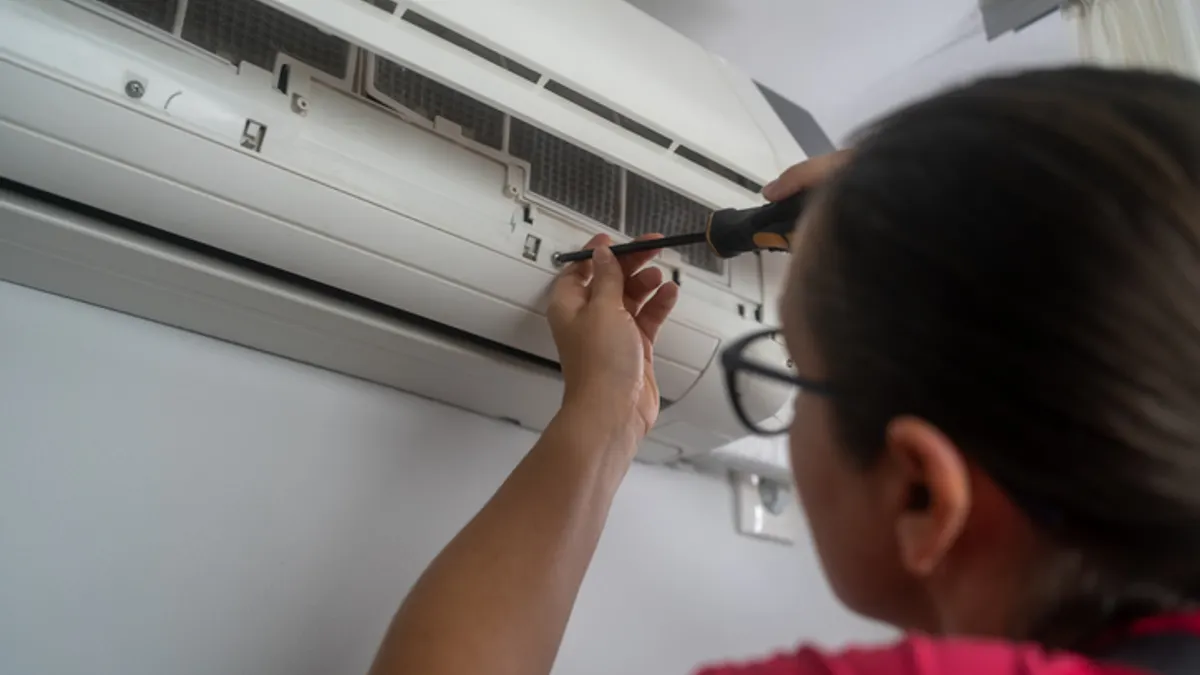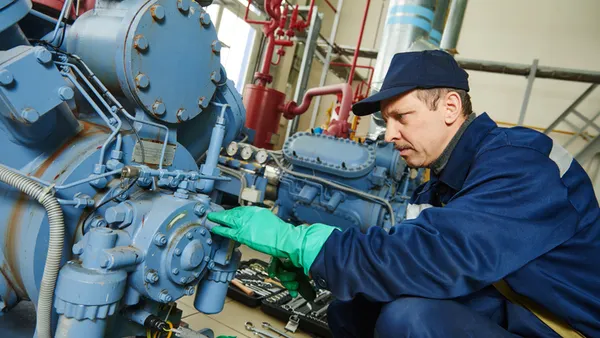Dive Brief:
- Fifty-two percent of Americans still feel uneasy about being in crowded, indoor spaces due to germs, according to an indoor air quality survey conducted by the Harris Poll on behalf of R-Zero from May 16 through May18, among 2,068 U.S. adults aged 18 and older.
- That sentiment was more pronounced among women and younger generations, with respondents also increasingly concerned about travel locations, school and public areas.
- The report highlights the importance of healthy offices, with 74% of respondents saying they would choose a workplace that prioritizes a healthy indoor office over extra monthly personal stipends or free lunches.
Dive Insight:
R-Zero’s survey underscores continued concerns about indoor air quality and the environmental health of spaces. These worries have led to a growing demand from occupiers for clean air measures and controls, causing many facility managers to update HVAC systems, integrate disinfecting lighting and add connected systems which track air ventilation alongside building occupancy data.
Respondents were more worried about the spread of germs at travel locations (70%), followed by school or childcare locations (68%), small enclosed spaces like public bathrooms and elevators (68%), medical facilities (67%) and indoor offices (58%).
Sixty-five percent of respondents aged 18-54 expressed concern about germ spread in workplaces, compared to 51% aged 55-64 and 44% of those over 65. These concerns are punctuated by a willingness among 56% of respondents to give a vacation day to coworkers to ensure they do not come into the office sick.
Forty-six percent of Americans also said they frequently worry about contracting illnesses from colleagues they share a workspace with. This is most pronounced in younger-to-middle aged workers with 52% of respondents aged 18-34 expressing frequent worry, compared to 33% aged 55-64 and 20% aged 65-plus.
The study follows updated standards and guidance released by regulatory boards to keep building operators focused on eliminating the spread of germs and dangerous airborne pathogens. The American Society of Heating, Refrigerating and Air-Conditioning Engineers recently released a draft of its first standard for mitigating the airborne spread of infectious pathogens in indoor spaces (241P). The CDC also recently offered new guidance on building ventilation, recommending at least five air changes per hour of clean air in occupied spaces.
R-Zero, which funded the survey, is tackling this through UV-C technology that uses special lights to neutralize harmful microorganisms and can control indoor air quality.
While this special lighting is capable of cleaning the air of these harmful germs, they require a large amount of energy, feeding into facility leads’ energy cost concerns. As a result, R-Zero and other companies like Honeywell have also launched building management systems to control these systems, in tandem with occupancy data and HVAC controls, providing clean air to occupants while balancing efficiency goals.











